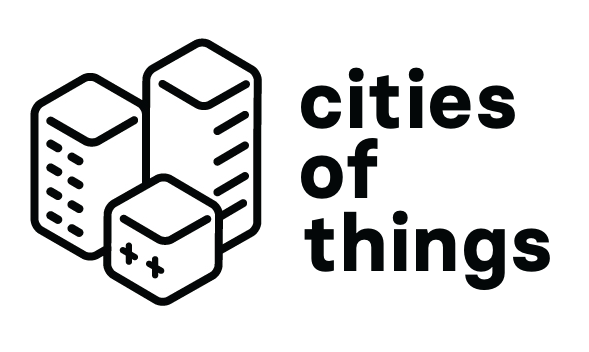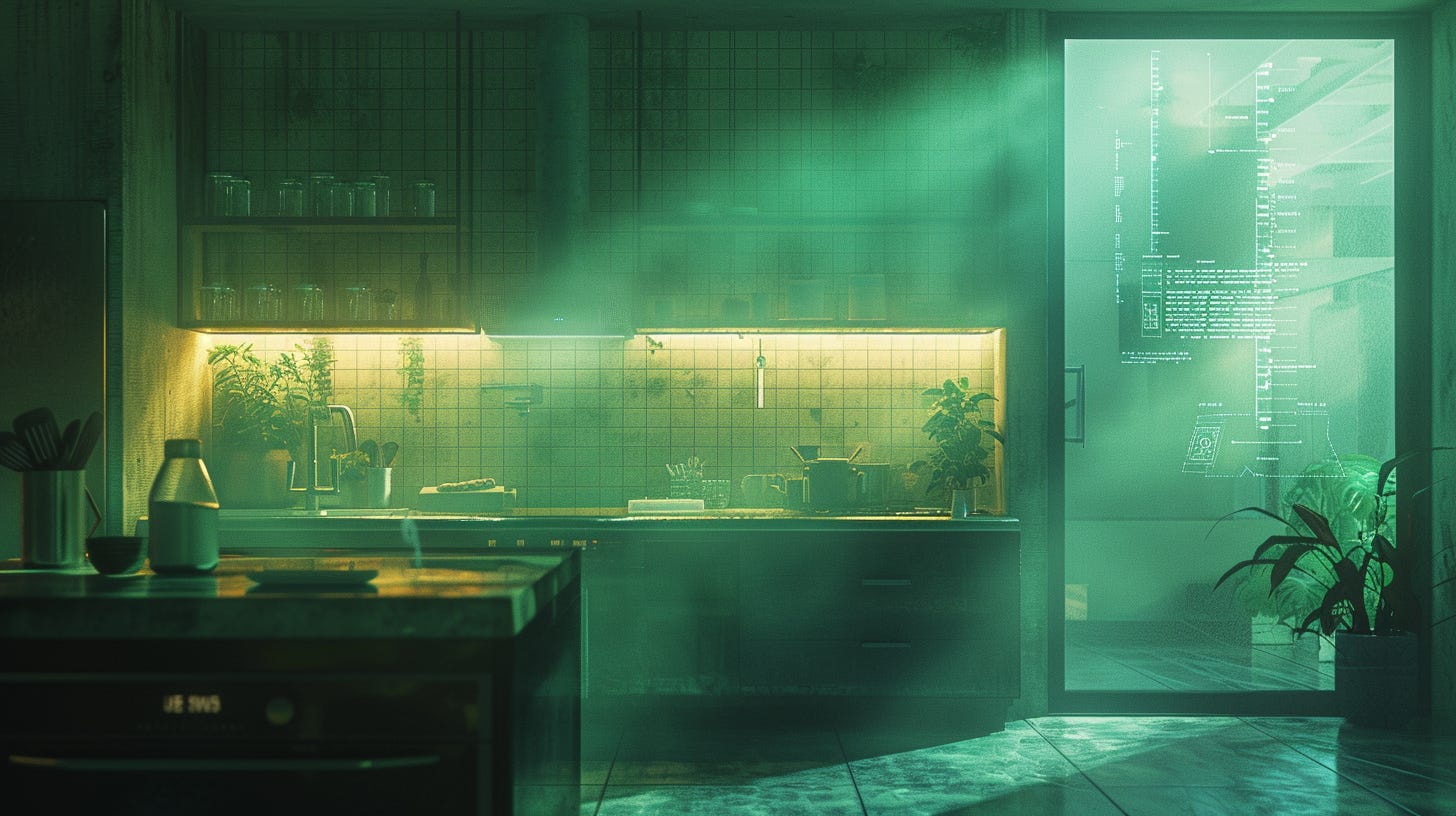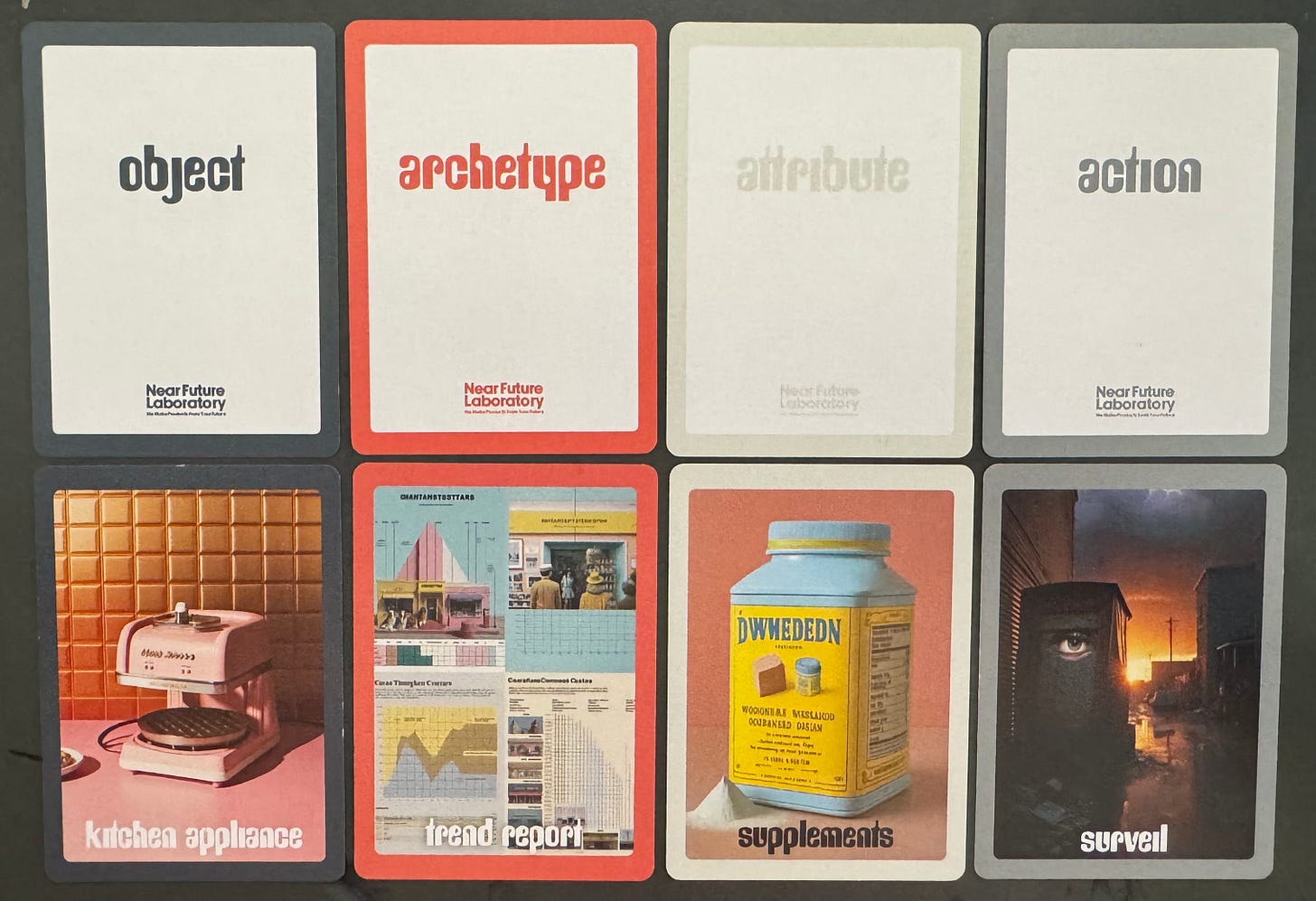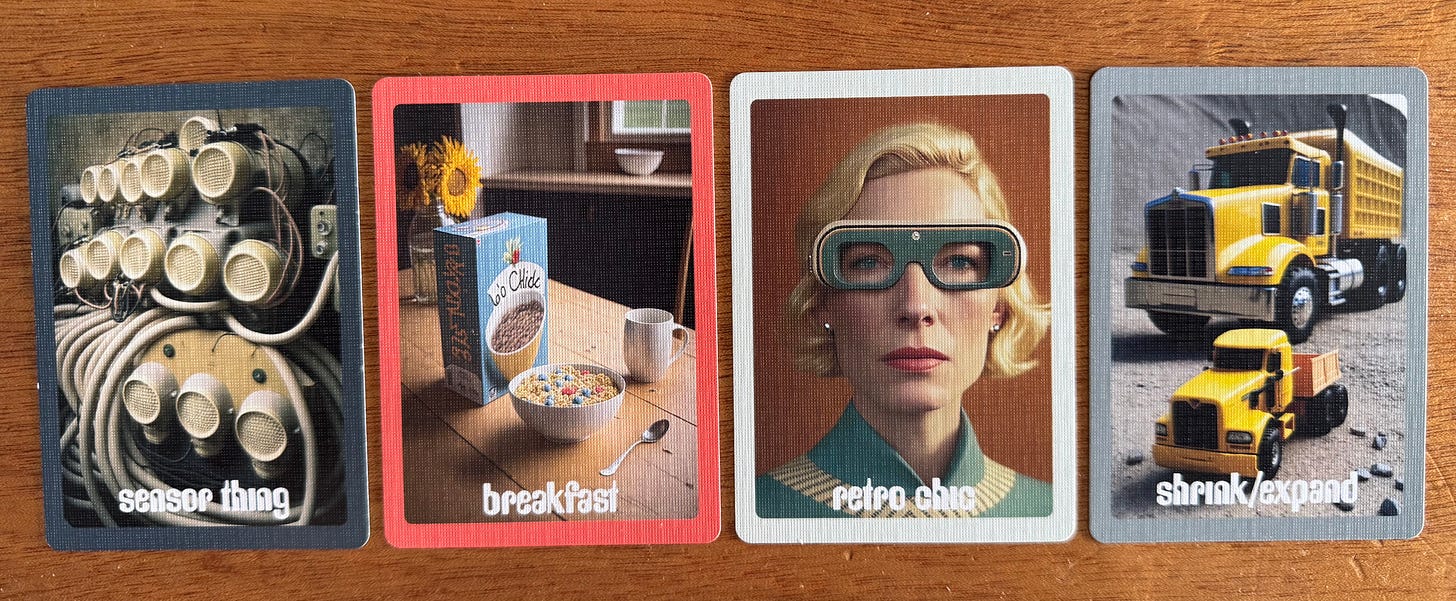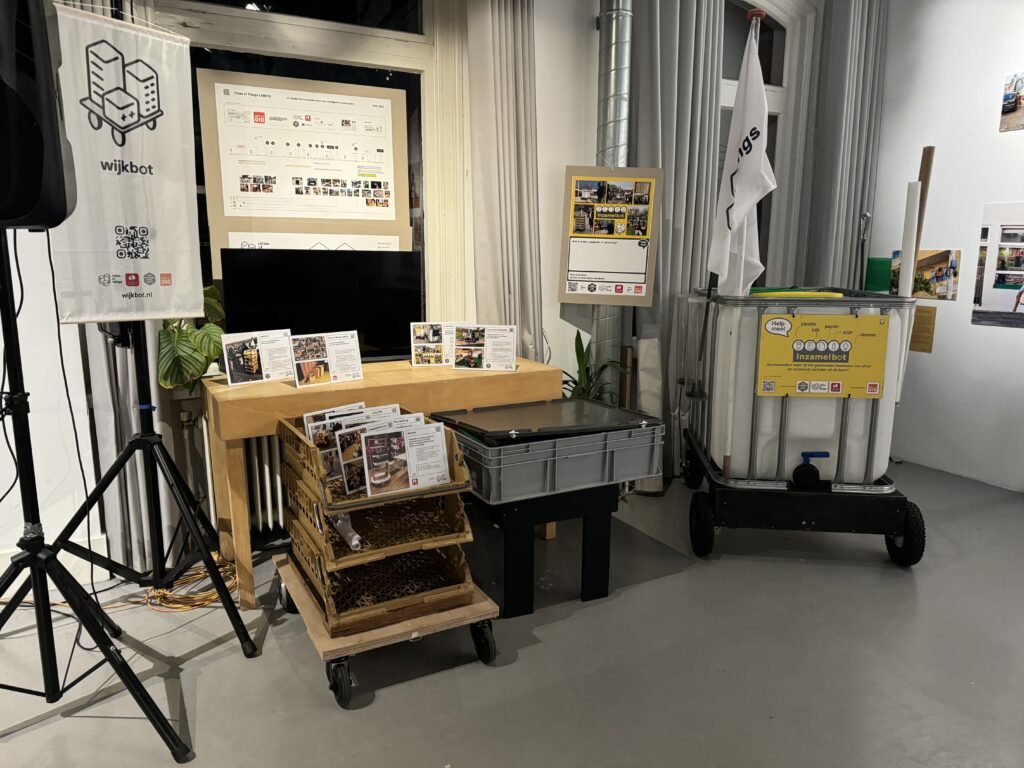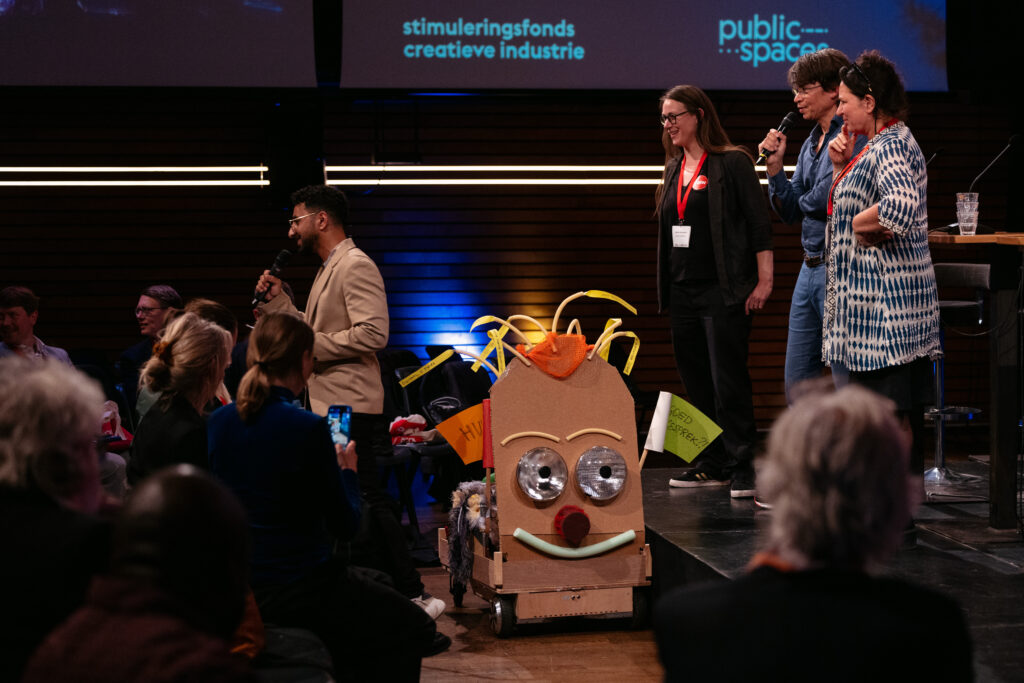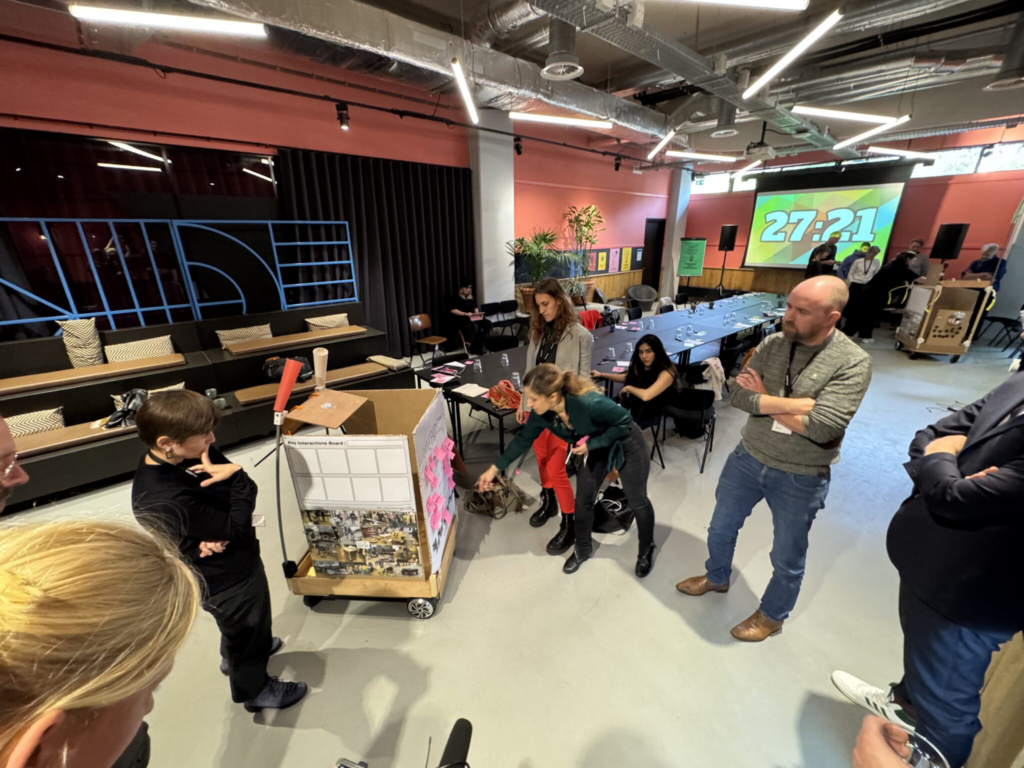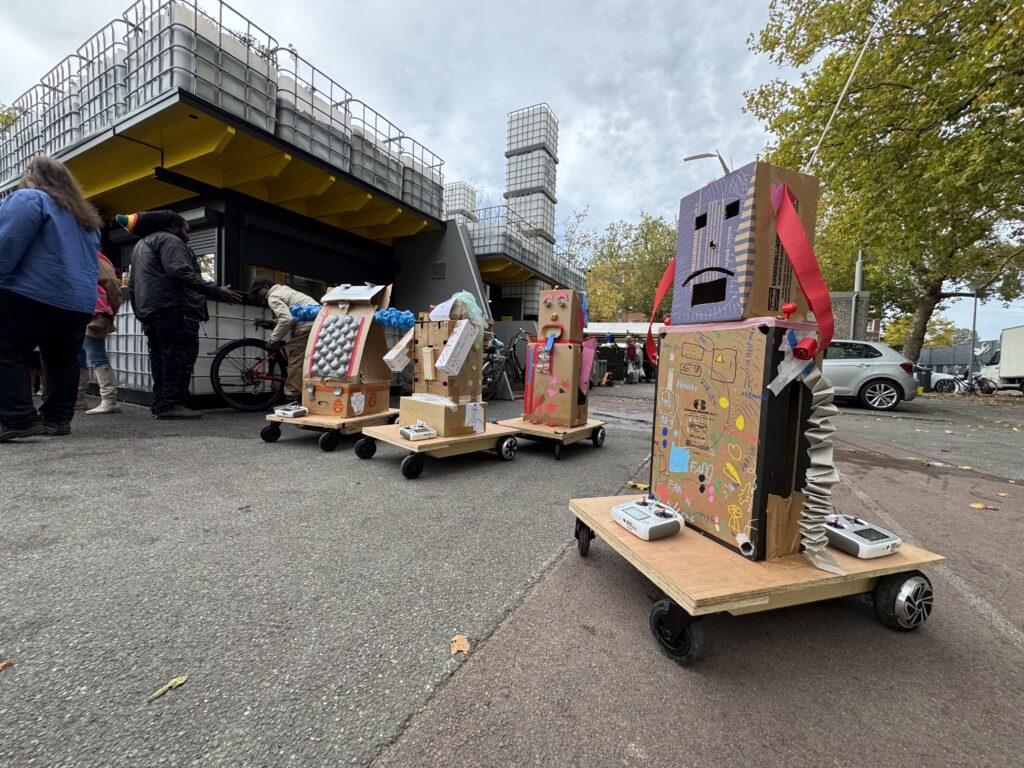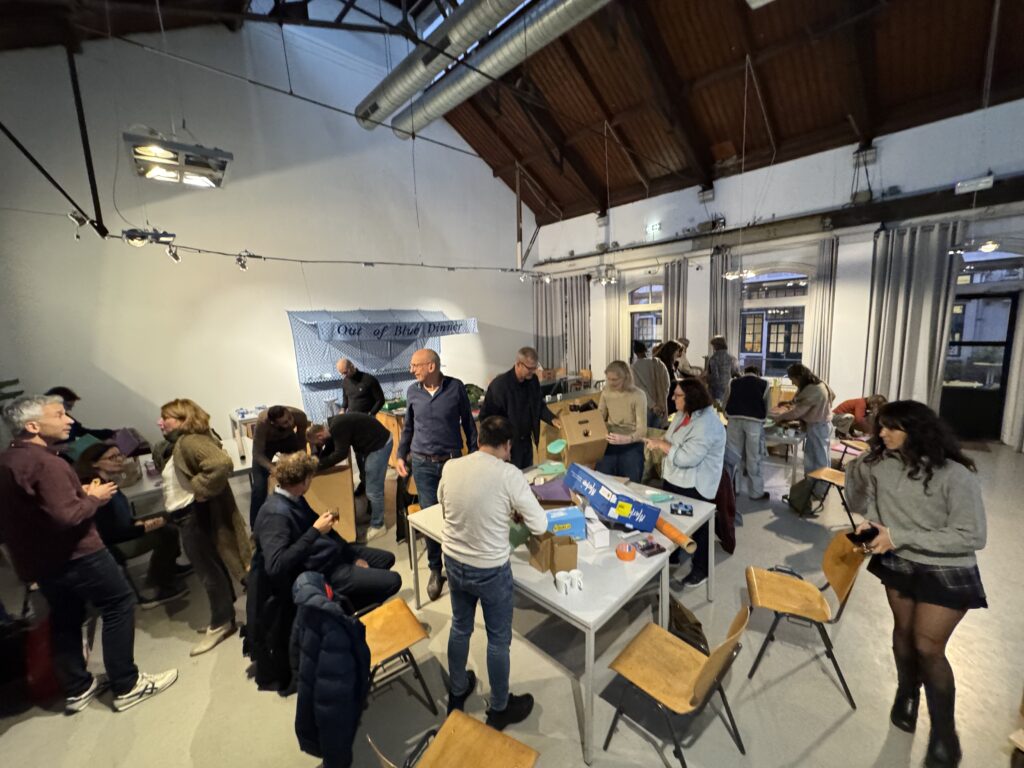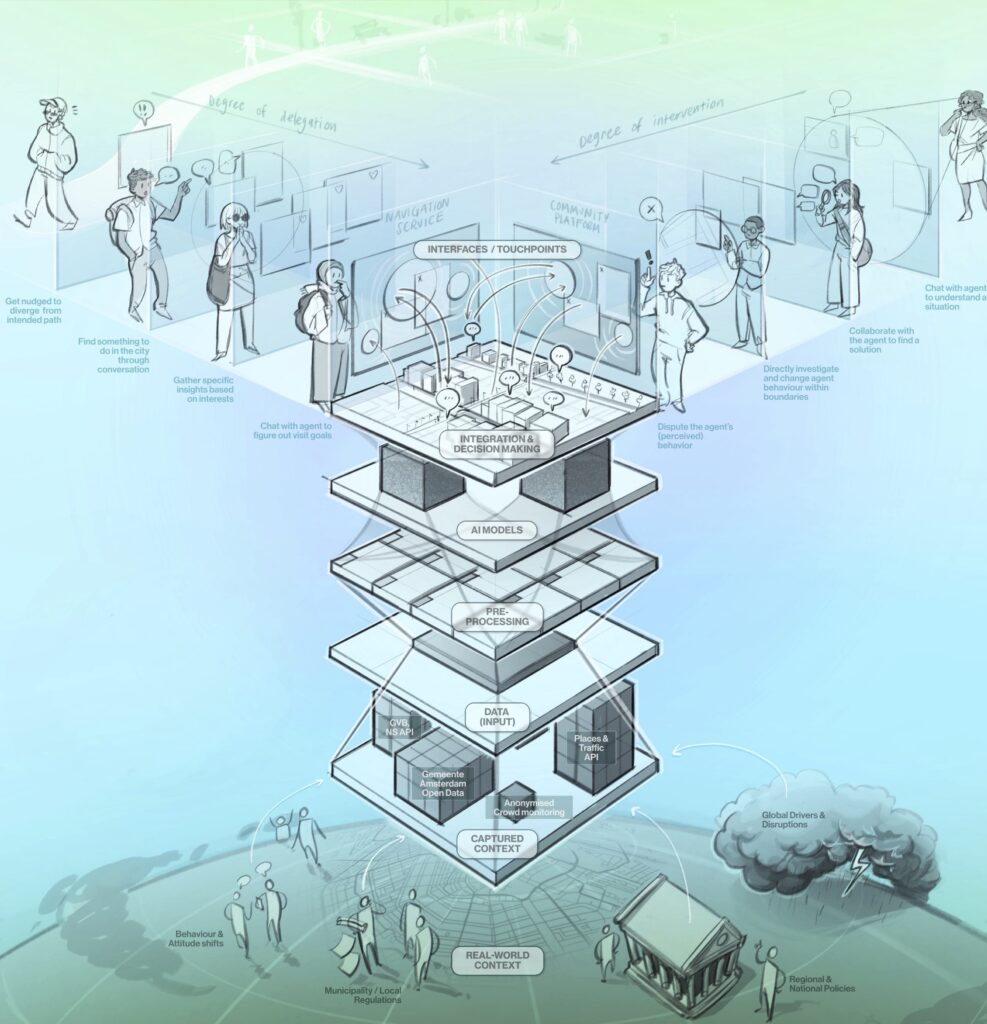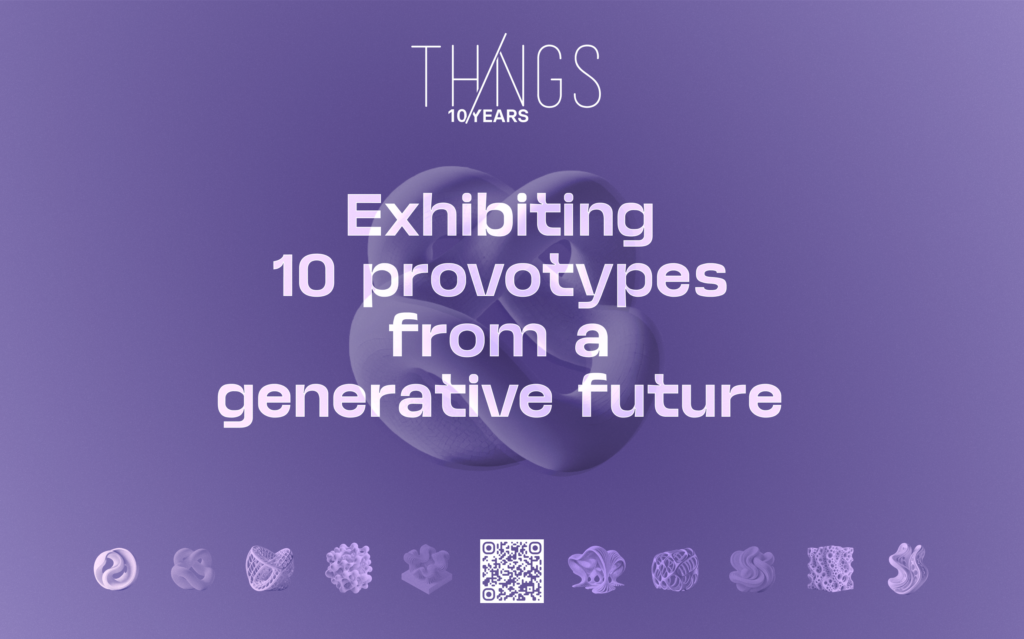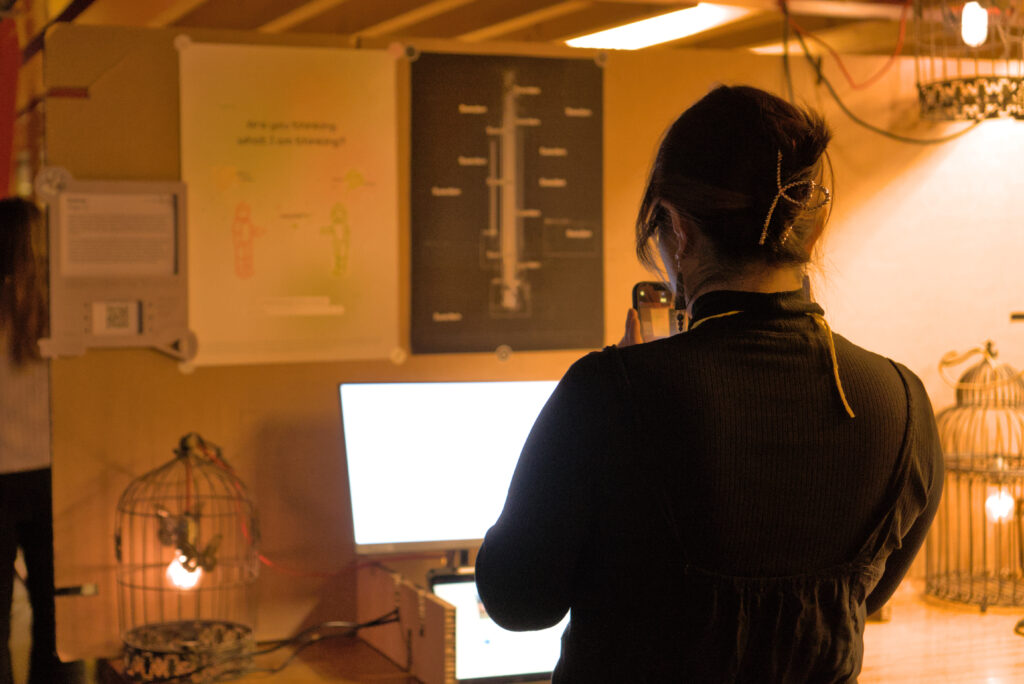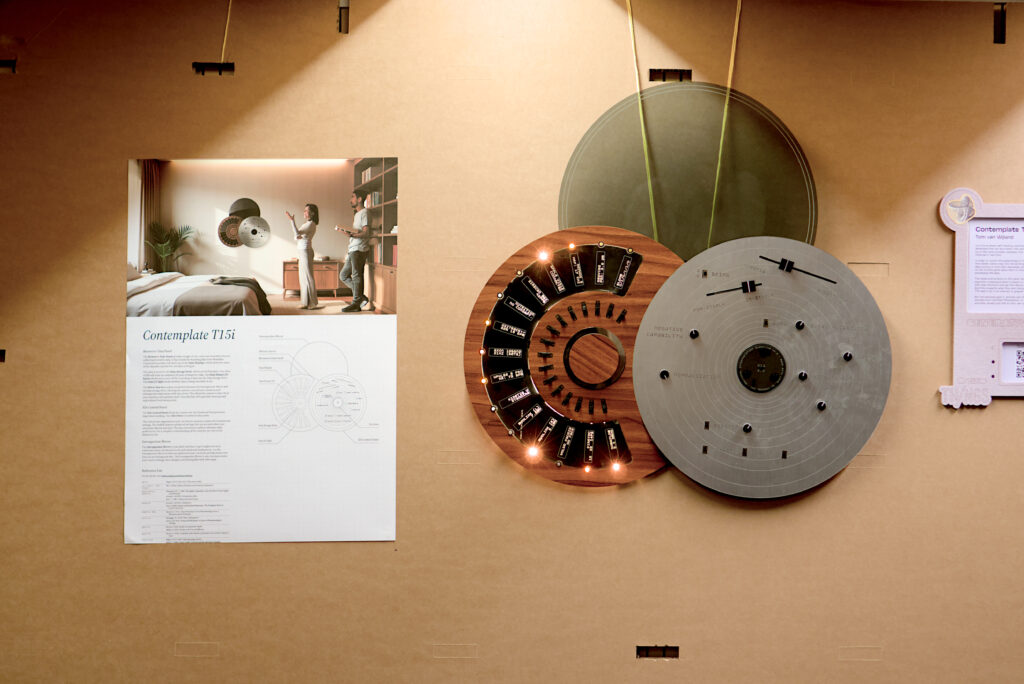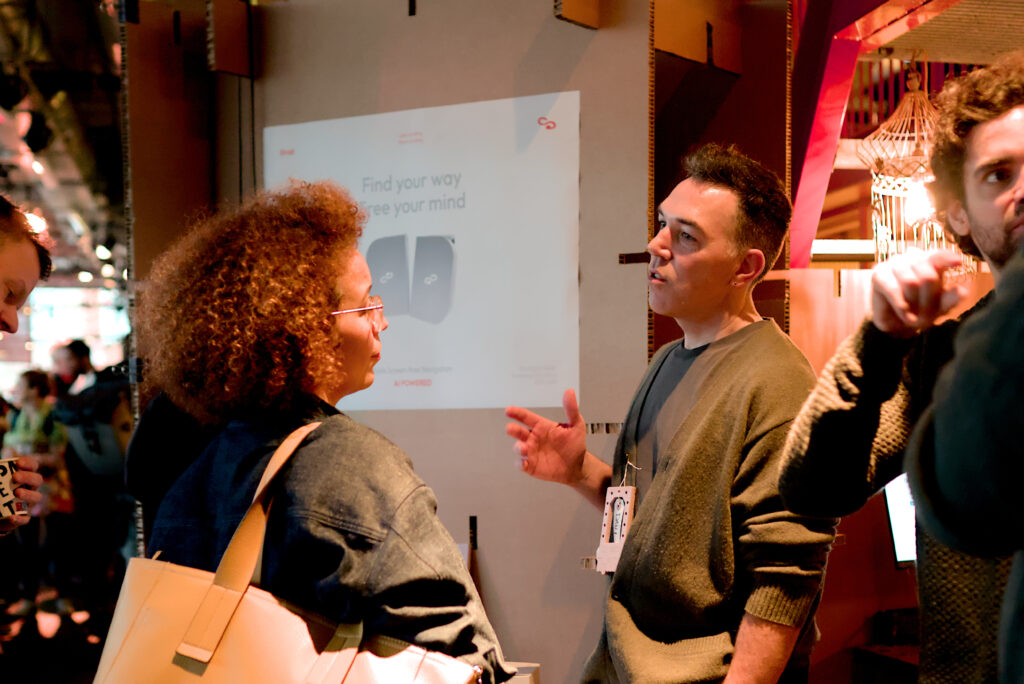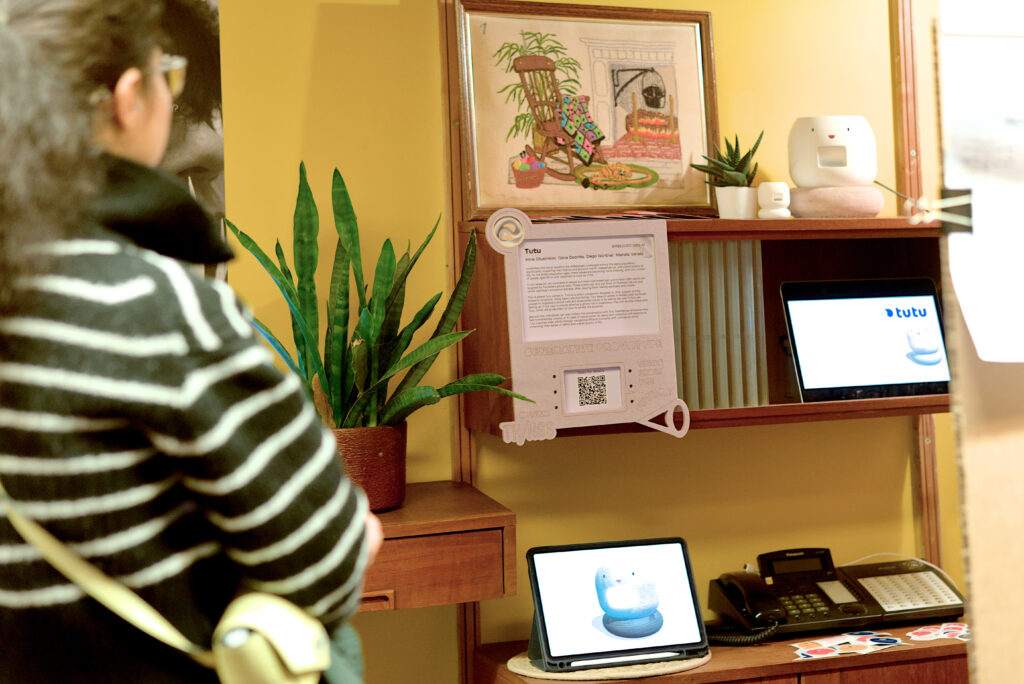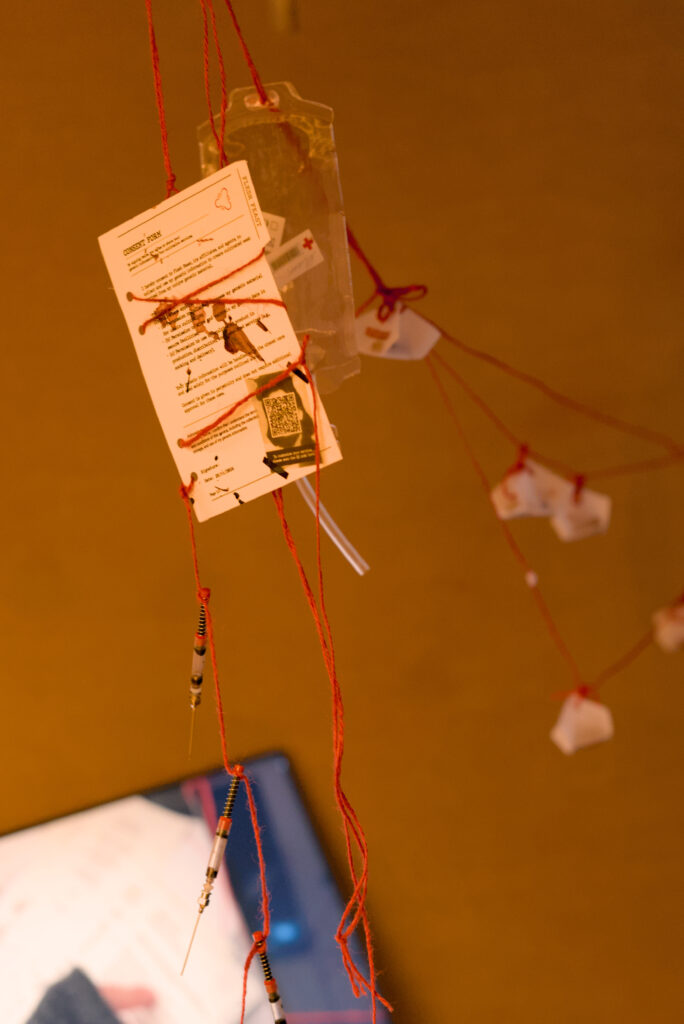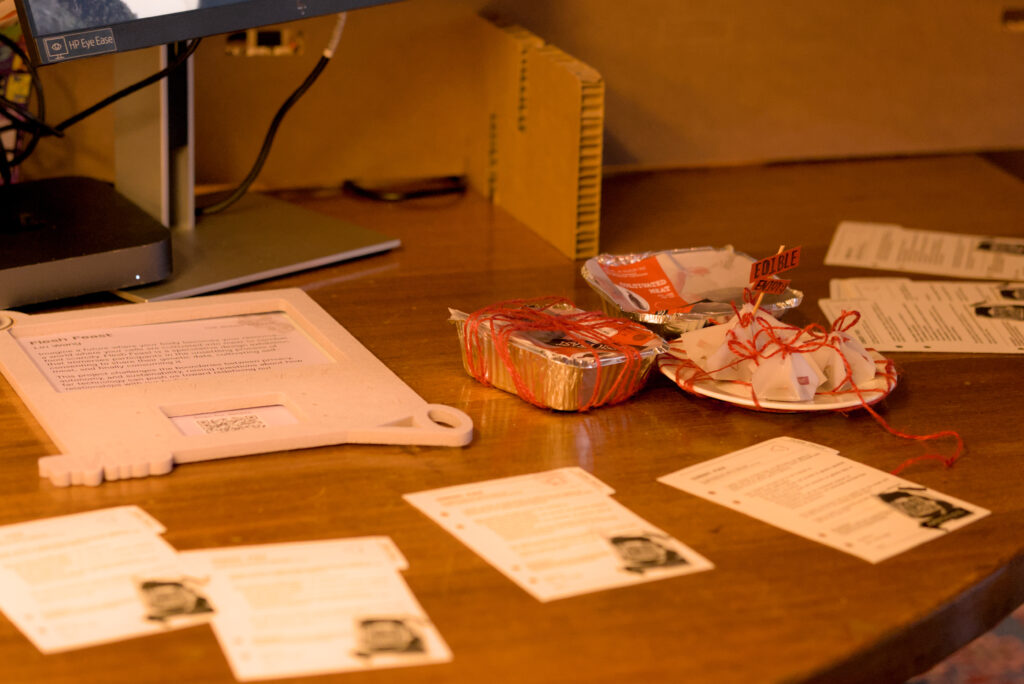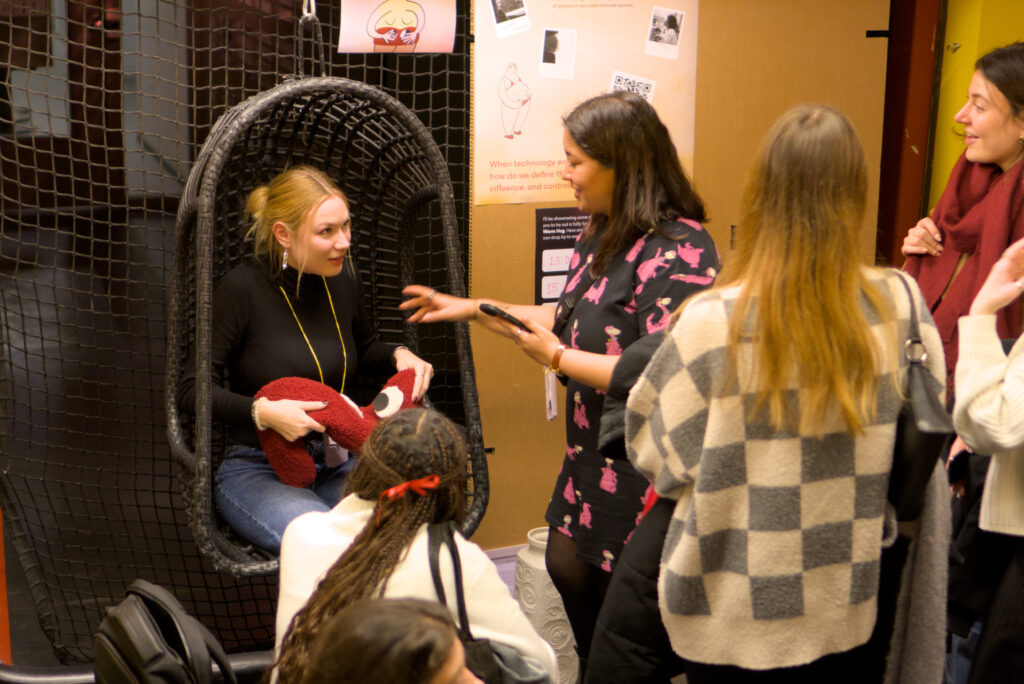The weekly reflections on the news in human-AI-thing co-performances are brought to life via a story from the future of living with agentic things in the city.
A Day in the life: The Ginger Grid
I wake to a soft ripple of brass and bike chains—the “Bitter Bridge” profile our neighborhood brewed into its IPA last spring. The sound isn’t coming from a speaker in my room; it’s in the street outside, and the light through my blinds is tinted the amber that the profile taught the lamp posts to remember. Our block voted for this motif after the brewing co-op sent around tasting flights. Bitter, bright, a flash of citrus—somehow the flavor mapped to the sound of early commuters, and now it’s become how morning feels here.
At the corner café, the bartender pulls a ginger beer with the “Muddy Rhizome” tag. It’s the winter recipe: earthy heat, short finish. The tap handle has the NFC glyph that links to the profile’s social thread; I tap it, and my feed shows the neighboring district’s “Waxwing” IPA—a poet’s beer, crisp and clean. The city’s Ginger Grid aggregates these profiles across neighborhoods, and you can trace routes by flavor alone: follow Waxwing uptown, then switch to Rhizome to spiral back home.
Outside, the billboard across the tram stop murmurs awake as I arrive. It’s a national campaign from the brewery federation—a shimmering ribbon of foam, streetlights refracted in it, the slogan: “Drink Local, Link Global.” The panel senses our block’s Bitter Bridge profile and draws it into the spot like a warm sample, then lays it beside Waxwing. The ad isn’t static; it’s more like a tasting note for the city itself. A QR note invites us to tonight’s shared pour: three neighborhoods will stream their ambient profiles into the plaza and mingle them.
On the tram, I watch the line graph of today’s linkage emerge on my phone. The city’s soundscape is stitched by brew-tags, and every tag carries a governance token. When the ambience gets too intense, you can dial it down for your block. We learned that last month when a glitch introduced a deepfake saxophonist to our profile—someone had scraped an old video of the bandleader who passed away and layered his phrasing over our mornings. The effect was beautiful and wrong. The authenticity flags lit up red; the profile moderators sent a note: “We don’t let ghosts perform without consent.” The saxophonist’s daughter posted a response and asked if we’d like a studio outtake with his approval. We switched it in. The sound changed, softer now, but true.
At noon, I cross into Waxwing territory. The air cools; the streetlights shift to glacial white, and the shadows sharpen. People say this district’s profile makes you walk straighter. The local billboard is an evolving poem, lines rearranging themselves as passersby vote with their cups. A tiny badge in the corner guarantees “no synthetic faces” today. Their brewer says the poem is “our archive you can drink.” I sip the IPA and feel the neighborhood in the back of my throat.
By dusk, the shared pour starts. We stand in the plaza with paper cups, and three profiles thread together like a braid. Rhizome’s warmth spreads across the paving stones; Waxwing pitches the LEDs into a thin sheen; Bitter Bridge drifts in with a bicycle chorus and a slow brass line that feels like home. The billboard dissolves into a map of taste and sound—the day’s story of us. I spot my neighbor, Jas, who helped compile the original Bitter Bridge tag. She raises her cup and says, “It’s getting loud.” I scroll the governance slider a notch down—friction, not silence. The brass settles; the bikes keep weaving.
Later, the plaza lights dim to clear—no tint, just night. The profiles persist like aftertaste. I walk home through our amber glow, feeling the city’s linked conversation humming at street level, and think: we built this—flavor for language, sound for memory, light for belonging. The grid is national, the ginger is local, and the mix only works because it never overwhelms the thingness of the street or the faces within it.

October Reflections: rebalancing local practice with global learning
The speculative thing that is the subject of the story above aims to embody the key themes I’ve been exploring in August via my newsletter. Claude explains the links between the story and the weekly columns.
The evolution of AI is reshaping our fundamental relationship with technology, transitioning from mere tools to companions to immersive presences embedded in physical reality. Throughout this transformation, crucial questions emerge about agency, transparency, and control—not simply whether AI might overtake humanity, but rather how we maintain our autonomy as we delegate increasing decisions to intelligent systems. As AI spans multiple forms of technological mediation—embodied, hermeneutic, alterity, and background relations—it creates unprecedented forms of human-technology interaction, potentially establishing a new “expressive relation” where our identities blend with AI capabilities. This evolution suggests that the future of human-AI collaboration depends less on functional capabilities and more on the quality of relationships we establish, particularly as intelligence becomes ubiquitous in our physical environment, understanding what we mean rather than just what we say, and actively participating in our daily lives in ways both visible and invisible.
Shaping a speculative thing
I took inspiration for the speculative object from the Design Fiction WorkKit:
As an object, the cards dictated a branded beverage, combined with a billboard advert as archetype, immersive as attributes, and a deepfake as action.

The speculative thing, based on the overarching theme, is linking different scales of operation and impact (national and local) by applying AI as a social-permeating infrastructure. In other words, a future where locally brewed ginger beers and IPAs are inheriting the local specific characteristics, while these profiles become the linking pin for connecting different neighborhoods in a wider (national or even global) network of communities. The profiles trigger certain synthetic elements of a neighborhood, such as sound and lights, resulting in immersive experiences that foster connection. The challenge is to balance out the local character with the merged exchanges expressed in the synthetic experiences.
With this concept for a thing, I prompted ChatGPT to write a day-in-the-life.
Overarching Theme
Across the month, AI is framed less as a spectacle and more as a social, permeating infrastructure: alien-yet-familiar intelligences seep into tools, objects, and communities, demanding governance beyond corporate logics, embracing productive friction, and rebalancing local practice with global learning so that technology mirrors and matures our collective values rather than eroding them.
Connections: Weekly Thoughts to Day-in-the-Life
Week 362: From Immersive to Permeating: How AI Quietly Transforms Our Lives — The amber morning light and stitched city soundscape demonstrate permeating, ambient intelligence in “things” that keep their thingness, with humans staying in the loop to tune intensity and meaning.
Week 358: Alien intelligence shaping human connections — The deepfake saxophonist incident and consent process show “alien” intelligence mimicking human emotion, forcing the neighborhood to renegotiate trust and expectations in human connection.
Week 359: Friction of Creation for Social Dynamics of AI Tools — The brewing co-op votes, governance tokens, and “Drink Local, Link Global” billboard embody creation as co-performance with productive friction, balancing local making and global sharing.
Week 360: Making AI tools for reshaping personal realities — Tap-handle NFC glyphs, profile threads, and composable neighborhood tags reflect personal toolchains where imagined flavors and ambiences rapidly materialize, tightening the hyperstitional loop.
Week 361: Building a collaborative society with Fifth Order AI — Lamp posts, billboards, and street soundscapes carry agency and responsibilities through civic protocols, with community moderation ensuring the system mirrors collective values rather than solutionist control.
